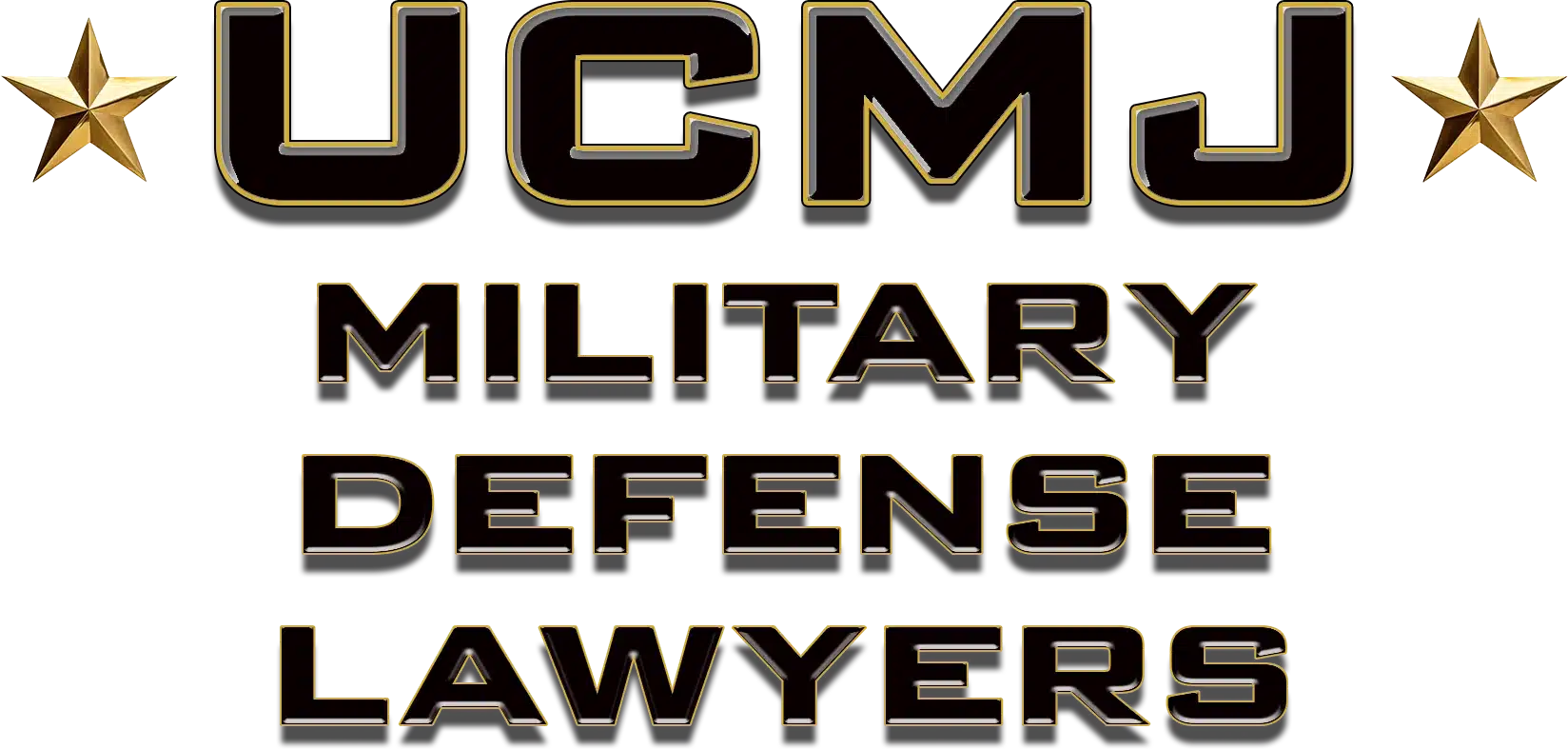Receiving nonjudicial punishment under Article 15 can be a stressful experience for any service member. When this occurs under a high-traffic chain of command – referred to as Article 15 High Command – the pressure increases significantly. These busy commands often deal with large numbers of personnel, which can result in faster, less personalized NJP proceedings. Service members may feel like just another file in a stack rather than individuals with rights and circumstances. Understanding how Article 15 works within high command environments and how to protect your legal rights is essential. Whether you’re facing a minor infraction or a more serious accusation, you deserve a fair process and a defense that reflects the complexity of your service record. This blog will walk you through what Article 15 High Command means, why it matters, and how you can confidently navigate it.
Making Sense of Article 15 High Command
Article 15, part of the Uniform Code of Military Justice (UCMJ), is a form of nonjudicial punishment (NJP). When handled within a high-level or high-traffic command, we refer to it as Article 15 High Command. These commands often include major operational hubs, training centers, or combat forward-operating bases with high personnel turnover. In these environments, there’s often pressure to resolve disciplinary matters quickly.
For example, at a large training base with thousands of soldiers rotating weekly, commanders may be inundated with cases related to uniform infractions, tardiness, or conduct unbecoming. In such instances, leadership may lean toward swift punishments rather than thorough investigations. In another case, a petty officer stationed at a major naval port may receive an Article 15 for insubordination. Due to high command tempo, the case may be pushed through with minimal explanation of rights or options. Understanding your rights and the nuances of high-level command procedures is crucial to protecting your military career.
Why Understanding Article 15 in High-Traffic Commands Is Important
When a service member is subjected to Article 15 High Command, the consequences can be far-reaching. The speed and pressure of larger commands can sometimes compromise the fairness of the proceedings. This makes it vital for service members to understand both their rights and the potential impact of the accusations they face. A single Article 15 punishment, if not handled appropriately, can influence promotions, deployments, and even future re-enlistment eligibility.
Additionally, the perception of discipline within a high-traffic command often favors punishment over rehabilitation. Commanders frequently have limited time to investigate every case deeply. Without solid representation or proper guidance, the accused may miss opportunities to present mitigating evidence or request a hearing. This is why legal advocacy is critical in protecting your record and long-term career prospects.
- Scenario 1: A soldier receives an Article 15 for sleeping on duty. In a high command, the case is expedited without thorough review, resulting in forfeited pay and loss of rank.
- Scenario 2: An airman is accused of disrespect toward a superior. The allegation is vague, but under high-traffic pressure, no defense is presented, and the airman receives extra duties and adverse documentation.
- Scenario 3: A Marine commits a minor conduct violation. The command, under scrutiny to enforce discipline quickly, imposes punishment, leading to delayed promotion and future re-deployment issues.
How the Article 15 Process Works Under High Command Conditions Worldwide
- Step 1: The commander becomes aware of an alleged offense, either through direct reporting or incident documentation.
- Step 2: The service member is notified, informed of the charges, and provided with a choice between accepting NJP or requesting a court-martial.
- Step 3: A formal hearing is held, during which statements, evidence, and character witnesses may be presented. The commander then determines guilt and assigns punishment.
Helpful Tips for Handling Article 15s in High Command Settings
Common Questions About Facing Article 15s in High-Level Commands
How Gonzalez & Waddington Assists Clients with Article 15 Defense
At Gonzalez & Waddington, we understand the pressures service members face when accused in a high-traffic command. Our experienced team of military defense attorneys has defended clients across all branches of the armed services. We deliver tailored strategies for defending Article 15 High Command cases and prioritize preserving clients’ careers, reputations, and futures. Whether you’re stationed stateside or overseas, we know the nuances of how fast-moving commands operate. With years of experience dealing with high-pressure environments, our legal team is prepared to challenge weak evidence, bring forward mitigating factors, and advocate for fair treatment. We offer more than just legal guidance — we deliver peace of mind and confidence in a system that often feels overwhelming.


